
How to Use Adafruit LIS2MDL: Examples, Pinouts, and Specs
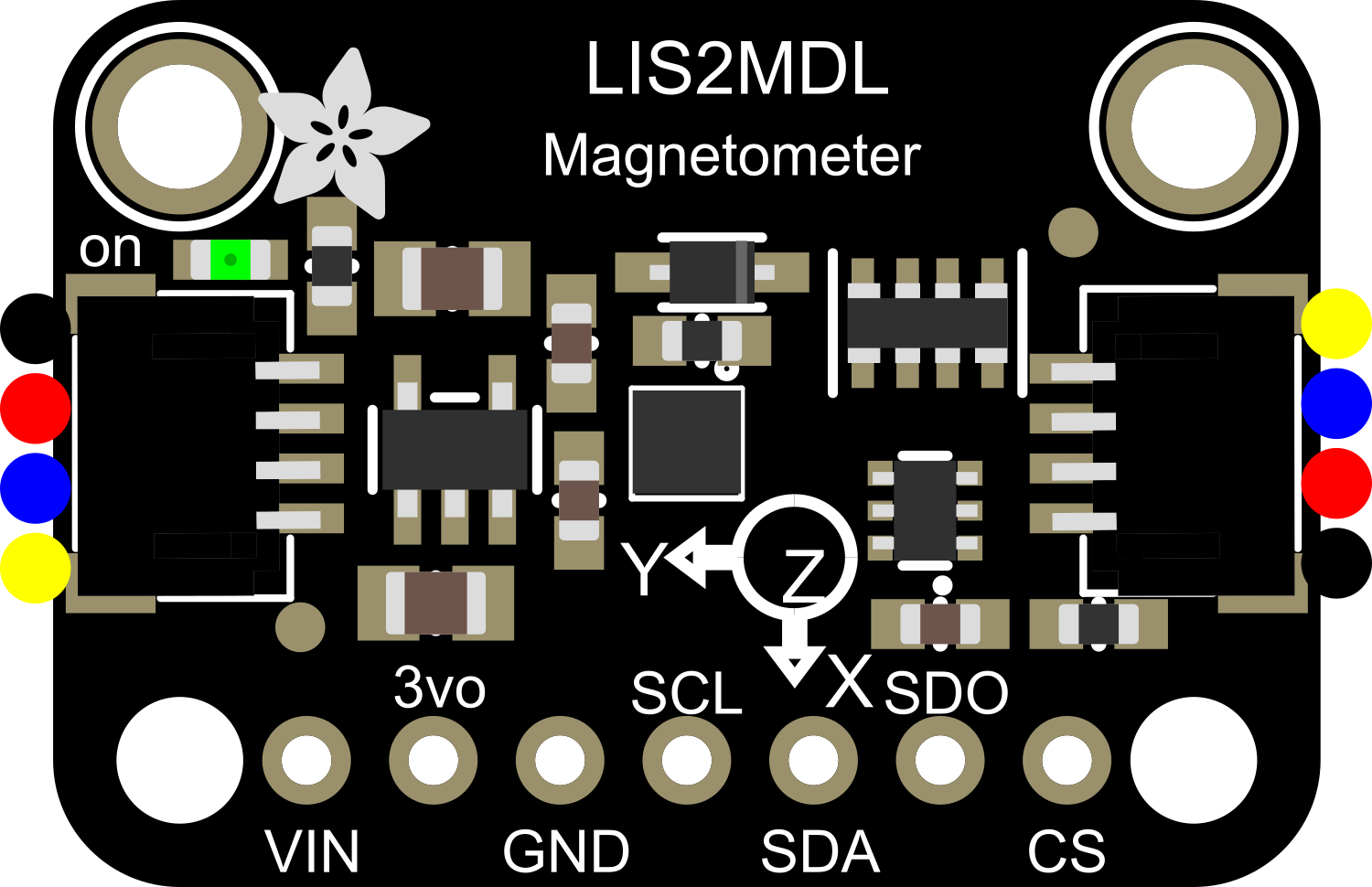
 Design with Adafruit LIS2MDL in Cirkit Designer
Design with Adafruit LIS2MDL in Cirkit DesignerIntroduction
The Adafruit LIS2MDL is a high-precision magnetometer module capable of measuring the Earth's magnetic field in three dimensions. This compact sensor is ideal for applications such as compasses, navigation systems, and for detecting magnetic anomalies. Its versatility is enhanced by its support for both I2C and SPI communication protocols, allowing it to be easily integrated into a wide range of projects, including those based on microcontrollers like the Arduino UNO.
Explore Projects Built with Adafruit LIS2MDL
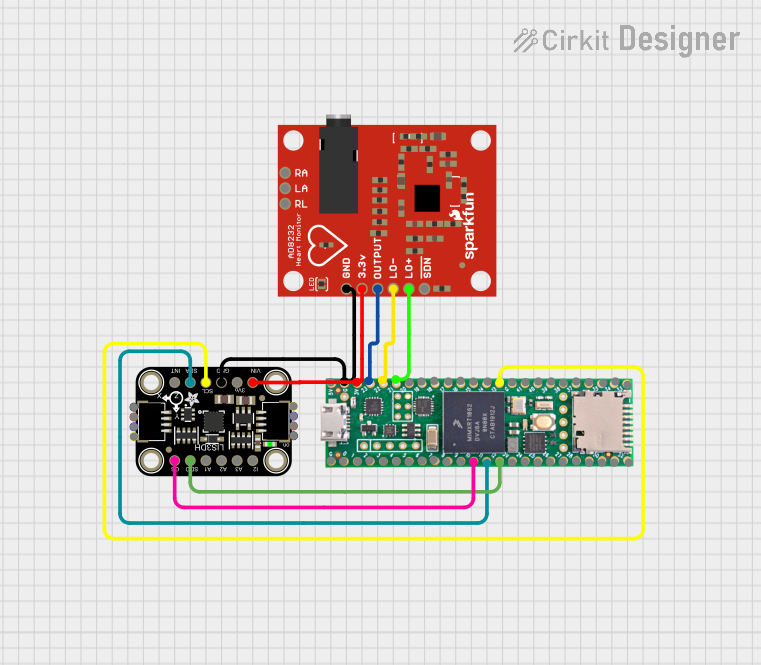
 Open Project in Cirkit Designer
Open Project in Cirkit Designer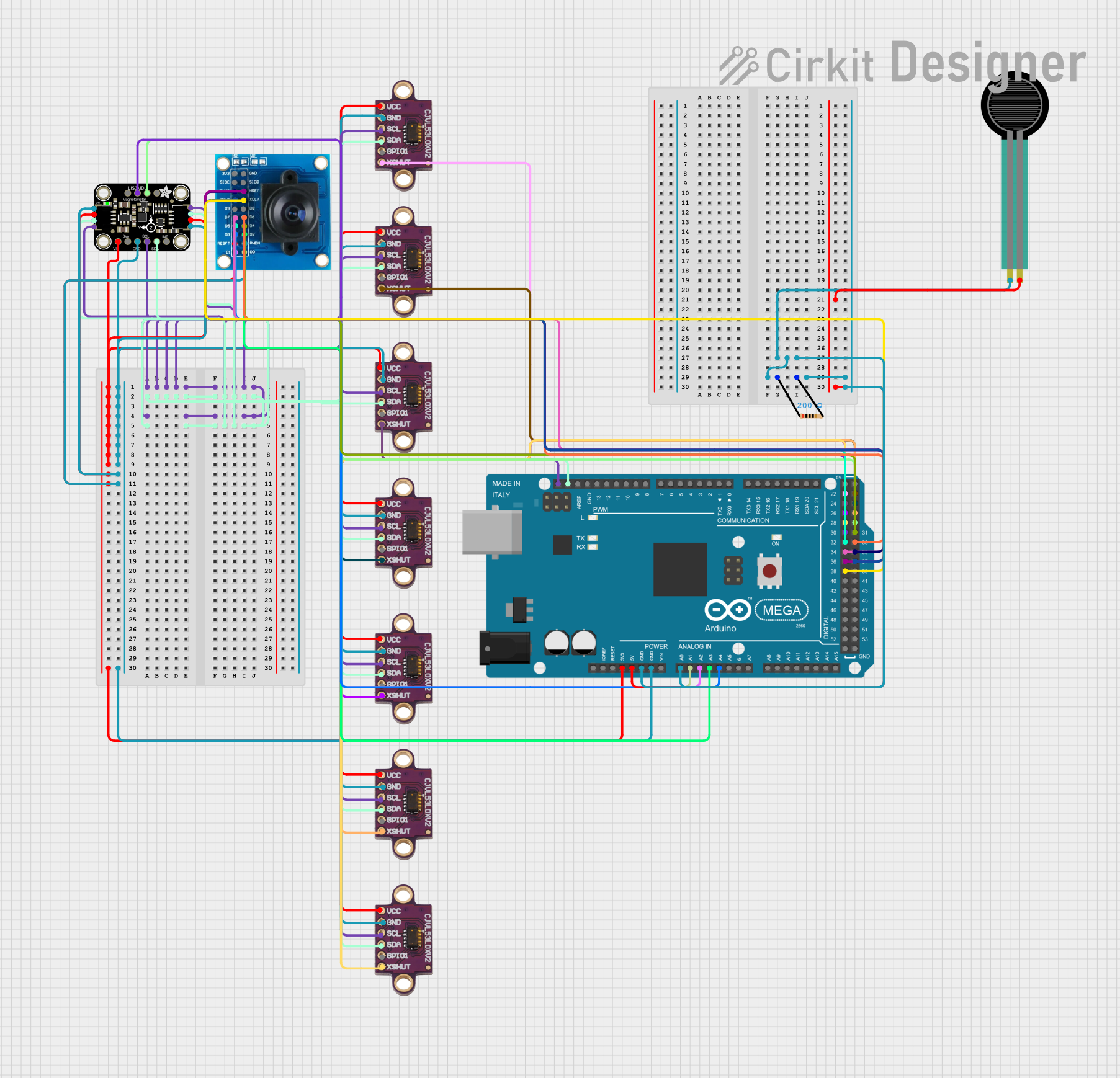
 Open Project in Cirkit Designer
Open Project in Cirkit Designer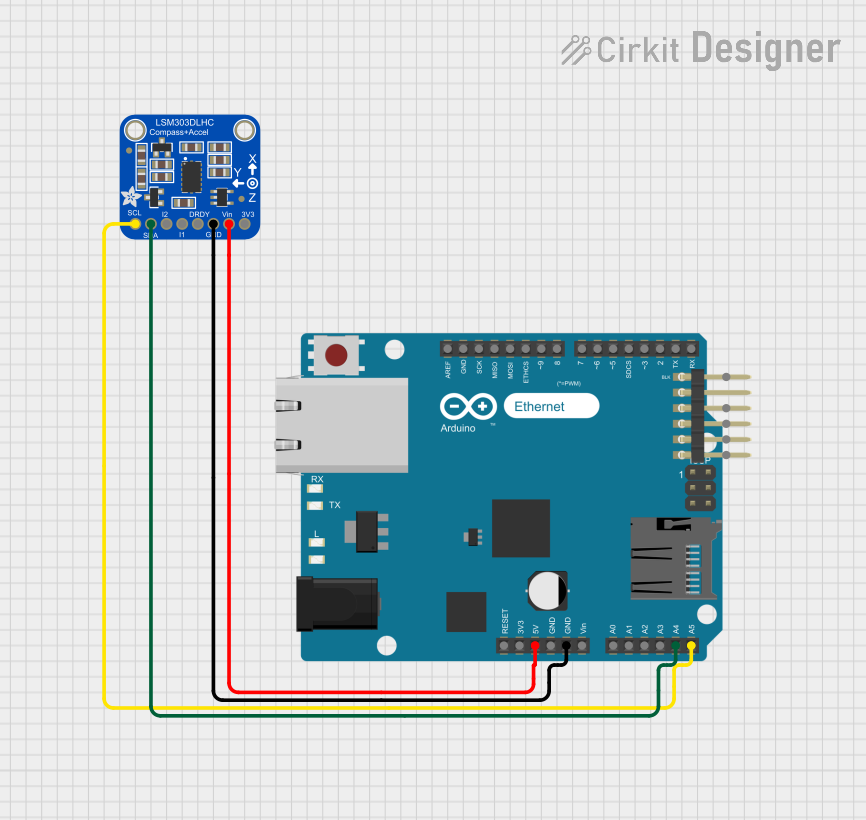
 Open Project in Cirkit Designer
Open Project in Cirkit Designer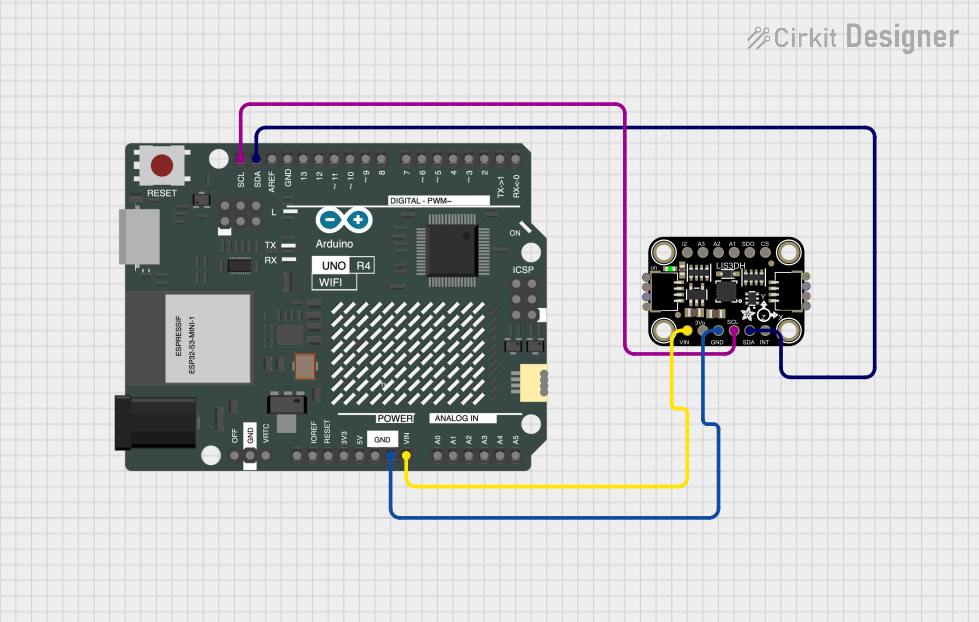
 Open Project in Cirkit Designer
Open Project in Cirkit DesignerExplore Projects Built with Adafruit LIS2MDL

 Open Project in Cirkit Designer
Open Project in Cirkit Designer
 Open Project in Cirkit Designer
Open Project in Cirkit Designer
 Open Project in Cirkit Designer
Open Project in Cirkit Designer
 Open Project in Cirkit Designer
Open Project in Cirkit DesignerTechnical Specifications
Key Features
- Magnetic Field Range: ±50 gauss
- Resolution: Up to 16-bit
- Communication Interfaces: I2C (up to 1MHz), SPI (up to 10MHz)
- Operating Voltage: 2.5V to 5.5V
- Operating Temperature Range: -40°C to +85°C
- Current Consumption: 0.5 µA in low-power mode
Pin Configuration and Descriptions
| Pin Number | Name | Description |
|---|---|---|
| 1 | VIN | Supply voltage (2.5V to 5.5V) |
| 2 | GND | Ground |
| 3 | SDA | I2C Data / SPI Serial Data In (SDI) |
| 4 | SCL | I2C Clock / SPI Serial Clock (SCK) |
| 5 | SDO | SPI Serial Data Out (optional for I2C) |
| 6 | CS | SPI Chip Select (active low, optional for I2C) |
Usage Instructions
Integration into a Circuit
To use the Adafruit LIS2MDL magnetometer with an Arduino UNO, follow these steps:
- Connect VIN to a 3.3V or 5V output on the Arduino.
- Connect GND to a ground pin on the Arduino.
- For I2C communication:
- Connect SDA to the A4 pin (SDA) on the Arduino.
- Connect SCL to the A5 pin (SCL) on the Arduino.
- For SPI communication:
- Connect SDA to the D11 pin (MOSI) on the Arduino.
- Connect SCL to the D13 pin (SCK) on the Arduino.
- Connect SDO to the D12 pin (MISO) on the Arduino.
- Connect CS to a digital pin (e.g., D10) on the Arduino.
Best Practices
- Use pull-up resistors on the I2C lines if they are not already present on the breakout board.
- Ensure that the power supply is stable and within the specified voltage range.
- When using SPI, ensure that the CS pin is correctly managed to avoid communication conflicts.
Example Code for Arduino UNO
Here is a simple example of how to read data from the LIS2MDL using the Arduino's I2C interface:
#include <Wire.h>
// I2C address for the LIS2MDL
#define LIS2MDL_I2C_ADDRESS 0x1E
void setup() {
Wire.begin(); // Initialize I2C
Serial.begin(9600); // Start serial communication at 9600 baud
// Configure the LIS2MDL (additional configuration may be required)
}
void loop() {
// Read magnetic field data from the LIS2MDL
// This is a simplified example; additional code is required for a full implementation
Wire.beginTransmission(LIS2MDL_I2C_ADDRESS);
// Request data...
Wire.endTransmission();
// Read data...
// Process and print the magnetic field data
Serial.println("Magnetic field (X, Y, Z): ...");
delay(1000); // Wait for 1 second before reading again
}
Note: This code is a template and requires additional implementation to function correctly. You will need to refer to the LIS2MDL datasheet and possibly use a library specifically designed for the sensor to handle the initialization and data reading processes.
Troubleshooting and FAQs
Common Issues
- No data or incorrect data readings: Ensure that the connections are secure and that the correct I2C address or SPI settings are being used.
- Intermittent communication: Check for loose connections and ensure that the pull-up resistors are correctly installed for I2C communication.
FAQs
Q: Can the LIS2MDL be used with a 5V microcontroller like the Arduino UNO? A: Yes, the LIS2MDL can be interfaced with a 5V microcontroller. However, ensure that the I2C lines are level-shifted if necessary.
Q: How can I calibrate the magnetometer? A: Calibration involves collecting data at various orientations and then using these data to compensate for offsets and scale factors. Adafruit provides libraries and examples that can help with the calibration process.
Q: What is the maximum sampling rate of the LIS2MDL? A: The maximum sampling rate depends on the operating mode, but it can go up to 100 Hz in continuous mode.
For further assistance, consult the Adafruit LIS2MDL datasheet and the Adafruit support forums.